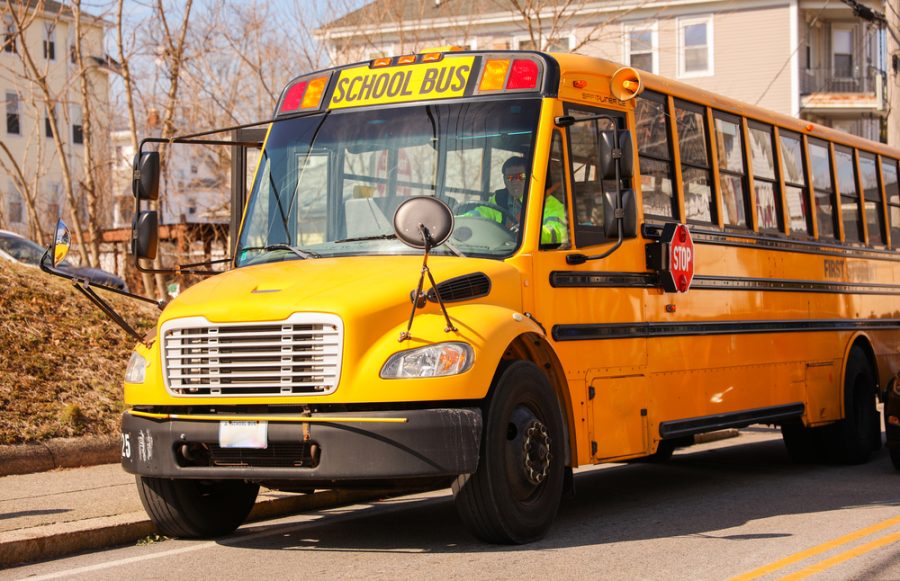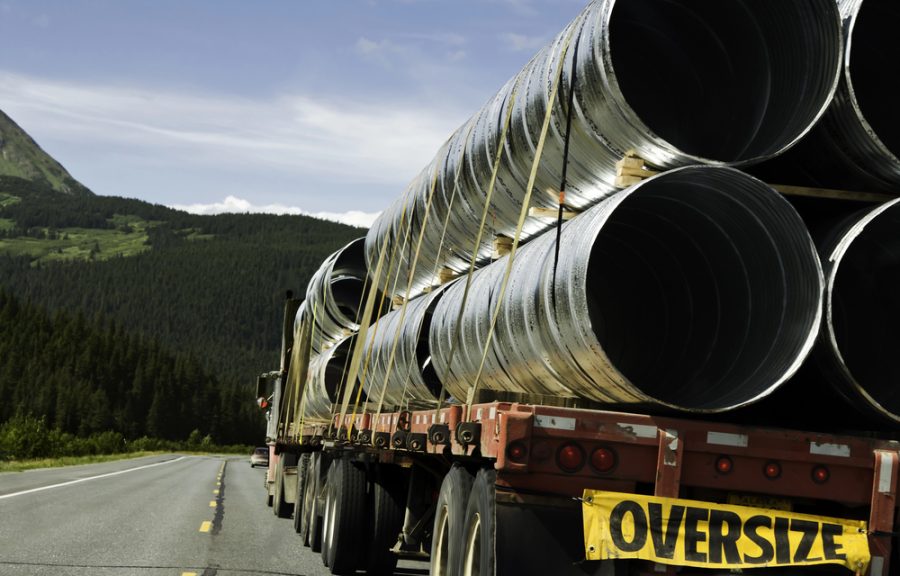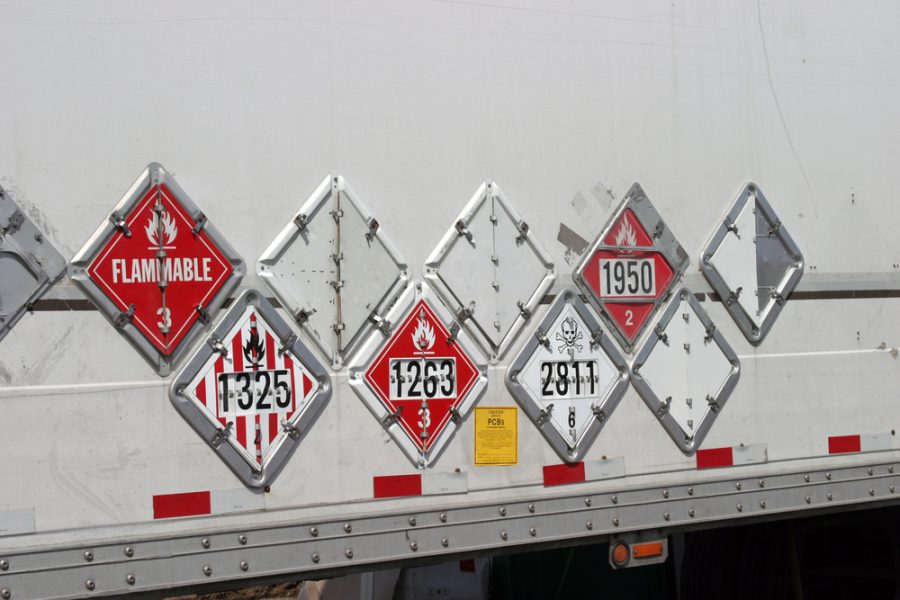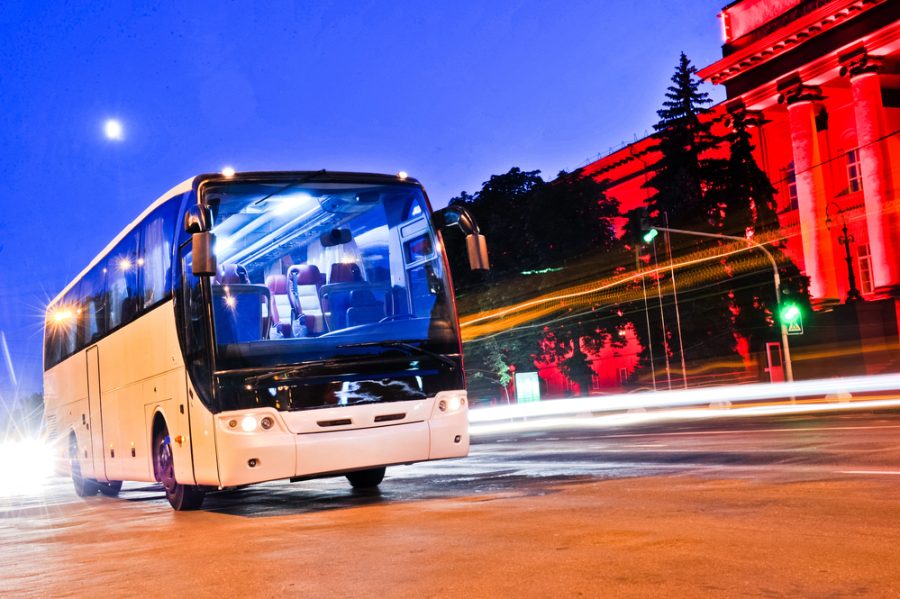Introduction
Choosing the right commercial driver’s license (CDL) is key to your driving career. Knowing the difference between a Class A and a Class B CDL will help you match your license to your career goals. A CDL with a Class A will allow you to drive more vehicles, including tractor-trailers and big rigs, with more flexibility and often more pay.
A Class B CDL will allow you to drive smaller vehicles like delivery trucks and buses which may be more suited for those looking for a stable local driving career. Making the right decision on which CDL to get will prepare you for the demands and opportunities of the career path you want in the trucking industry.
What is a Class B License?
Knowing what a Class B license is will help you with your career choices in the commercial driving industry. A Class B Commercial Driver’s License (CDL) allows drivers to drive a single vehicle with a gross vehicle weight rating (GVWR) of 26,001 pounds or more, or a vehicle towing another vehicle not to exceed 10,000 pounds GVWR. This classification covers a wide range of medium to large sized vehicles so it’s a good option for those looking to get into various areas of the commercial driving field.
With a Class B CDL, you can drive many types of vehicles used in urban and regional transportation. These include delivery trucks, school buses, straight trucks, dump trucks, city buses, box trucks, garbage trucks, cement mixers, and large passenger buses.
Each of these vehicles is important to daily logistics and public services so there are many opportunities for steady work and career advancement. Whether you want to work for a city transportation department, a waste management company, or a construction firm a Class B license will give you the credentials to drive the vehicles that keep our cities and industries moving.
What is a Class A CDL?
A Class A CDL is the highest commercial driver’s license, it allows the most vehicle operation and career opportunities. Defined as a license that allows the holder to drive any combination of vehicles with a gross combination weight rating (GCWR) of 26,001 pounds or more, a Class A CDL is for those who want to drive commercial vehicles long distances and over various terrain. This is perfect for those who want to drive class A commercial motor vehicles so it’s a must-have for those who want to have a successful career in the trucking industry.
With a Class A CDL, you can drive many types of vehicles, increase your flexibility and employment opportunities. This includes tractor-trailers, double and triple trailers, combination vehicles, tanker vehicles, livestock carriers, tourist buses, and detached towed cargo vehicles.
Also, a Class A CDL allows you to transport hazardous materials, so you have more job opportunities and higher pay. Whether you want to drive big rigs across the country, manage trailer combinations for large logistics companies, or drive specialized commercial trucks, a Class A CDL will put you in a dynamic career in the transportation industry.
Class A vs Class B CDL Differences
Vehicle Weight Rating (GVWR) and (GCWR)
Class A
- Class A CDLs are for commercial vehicles with a Gross Combination Weight Rating (GCWR) of 26,001 pounds or more. This includes towed vehicles over 10,000 pounds. The ability to handle larger and heavier loads requires more skills and training so Class A CDLs are for those who want to drive various trailer combinations and heavy loads.
Class B
- Class B CDLs are for single vehicles with a Gross Vehicle Weight Rating (GVWR) of 26,001 pounds or more. These vehicles can tow other vehicles but the towed vehicle must not exceed 10,000 pounds. The single-vehicle operation means drivers with a Class B CDL will drive different types of commercial vehicles than those with a Class A CDL.
Types of Vehicles
Class A
- Class A CDL drivers can drive combination vehicles, tractor-trailers, and double and triple trailers. This includes many configurations so it’s perfect for long-haul trucking and specialized transportation.
Class B
- Class B CDL drivers drive straight trucks, city buses, school buses, and dump trucks. These vehicles are used for local delivery and passenger transport, drivers need to manage larger single vehicles in city and suburban areas.
Career Opportunities and Jobs
Class A
- Long Haul Trucking: Class A CDL drivers can do long haul trucking, transporting goods across long distances.
- Hazardous Materials Transport: With additional endorsements Class A CDL drivers can transport hazardous materials, which requires strict adherence to safety regulations.
- Livestock Carriers: Transporting livestock long distances is also under Class A CDL drivers.
Class B
- Local Delivery: Class B CDL drivers often do local delivery, handling smaller but still big loads in a specific area.
- Passenger Transport: This includes driving city and school buses, where safety and punctuality are key.
- Construction Vehicles: Operating construction vehicles like dump trucks is another common career path for Class B CDL drivers, supporting various construction projects with reliable transportation of materials.
Training and Testing
Getting a CDL, whether Class A or Class B, requires extensive training and testing to ensure drivers are ready for the job. Both types of licenses require a combination of classroom instruction and behind-the-wheel training. In a typical truck driving school training program, students learn the theoretical part of commercial driving, such as regulations, safety protocols, and vehicle operation principles.
This classroom instruction is important as it sets the foundation for practical application. Once the theoretical knowledge is established, students move to practice driving sessions where they can apply what they learned in a controlled environment, under the supervision of experienced instructors.
The skills test is a critical part of the CDL training process. It tests a candidate’s ability to perform specific driving tasks and maneuvers for the type of CDL they are applying for. For Class A CDL applicants, it’s about operating combination vehicles, which includes handling multiple trailers.
For Class B CDL applicants, it’s about operating single, heavier vehicles like buses and dump trucks. Truck driving schools often have customized training programs to address the requirements of each class, so students get practice driving sessions that mirror real-life scenarios they will encounter on the job.
CDL Endorsements
CDL endorsements are important for drivers with either Class A or Class B CDLs as they allow them to add to their credentials and have more job opportunities. These additional endorsements prove that the driver has the knowledge and skills to handle specific types of cargo or vehicles safely.
For example, a HazMat endorsement allows drivers to transport hazardous materials, a highly regulated and in-demand field. Endorsements for tanker vehicles and passenger vehicles permit drivers to operate large liquid-carrying trucks or buses respectively. Having the right endorsements is not only for legal compliance but also to maximize a driver’s employability and versatility in the industry.
Getting CDL endorsements can boost a driver’s career by opening up specialized and often higher-paying jobs. Drivers with endorsements can take on more varied assignments, such as transporting hazardous materials which comes with higher responsibility and better pay.
Also, these endorsements show a driver’s dedication to their profession and willingness to invest in their skills. Whether you have a Class A or Class B CDL, getting the right endorsements allows you to add to your capabilities and become more valuable to employers, thus advancing your career in the competitive world of commercial driving.
Common Vehicles for Each Class
Class A
Class A CDLs are for operating combination vehicles and larger commercial trucks. One of the most common vehicles in this category is the tractor-trailer, the backbone of long-haul trucking. These big trucks can carry heavy loads over long distances, that’s why they are crucial to the transportation industry. Class A drivers may also operate double and triple trailers which requires advanced skills to maneuver safely due to its length and multiple pivot points. Livestock carriers are another example, designed to transport animals, and require careful handling and strict compliance to regulations to ensure the welfare of the animals during transit.
Class B
Class B CDLs cover single, larger vehicles commonly seen in urban and suburban areas. Delivery trucks are a staple in this category, transporting goods within cities and towns. School buses, another common Class B vehicle, is a critical part of student transportation. Garbage trucks which require precise operation in residential areas and cement mixers for construction projects are also under Class B drivers. City buses and tourist buses which are vital for public transportation and the tourism industry respectively are also part of Class B. These straight trucks and other commercial trucks require specialized knowledge and skills to operate safely and efficiently in their respective fields.
Summary
Knowing the difference between Class A and Class B CDLs is important for aspiring commercial drivers to match their driving career to their career goals. Class A CDLs are for many drivers who plan to operate combination vehicles such as tractor-trailers, double and triple trailers, and livestock carriers, crossing state lines and transporting heavy loads over long distances.
Class B CDLs are for those who will focus on single, larger vehicles like delivery trucks, school buses, garbage trucks, and cement mixers, within a localized area. These differences will help drivers choose the right path based on the type of vehicles they want to operate and the kind of work they want to do.
Ready to start your driving career? Choose the right CDL for your career goals first. Start by researching truck driving schools that offer comprehensive training programs for either Class A or Class B.
These programs provide classroom instruction and behind-the-wheel training to prepare you for the CDL skills test. Also getting the right endorsements such as hazmat and tanker endorsements can add to your qualifications and job prospects. By matching your training to your career goals you can have a fulfilling and successful career in commercial driving.







